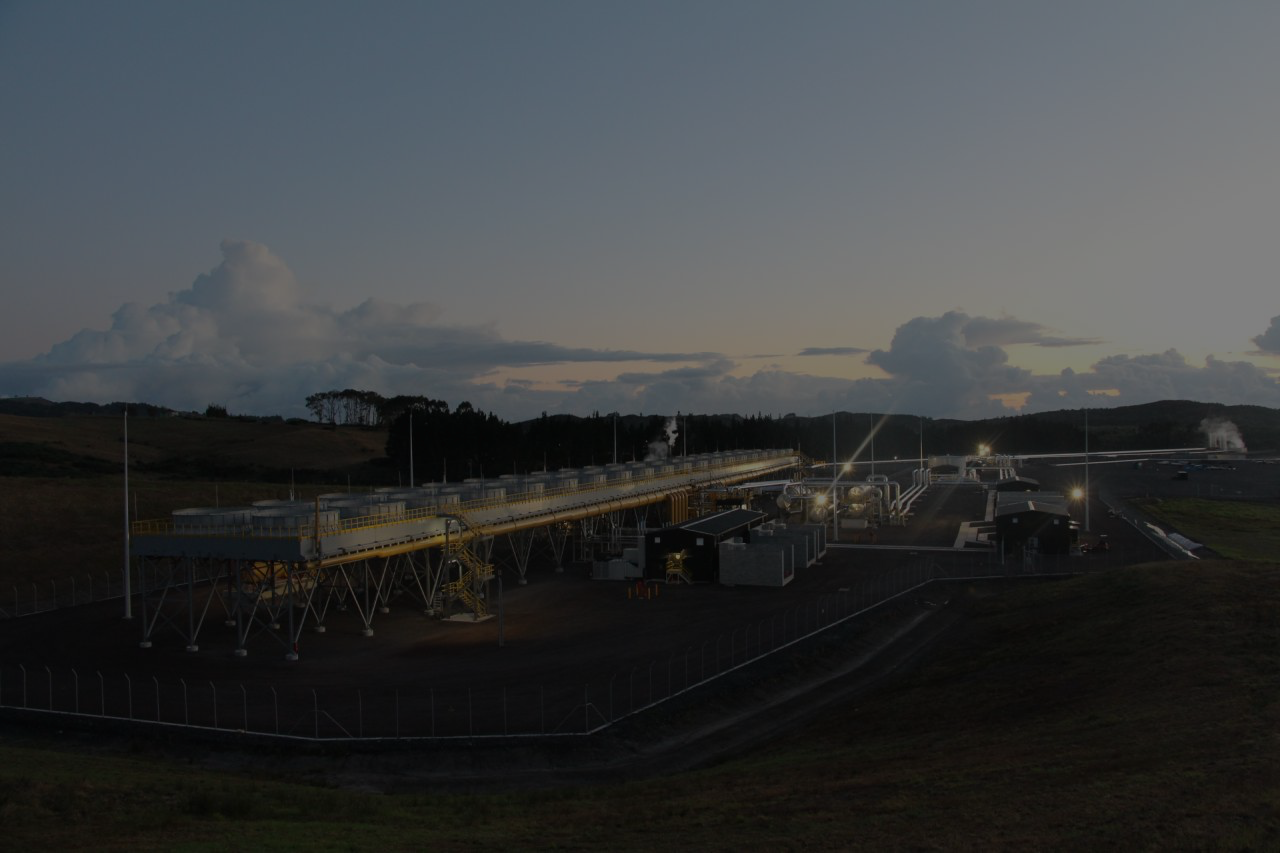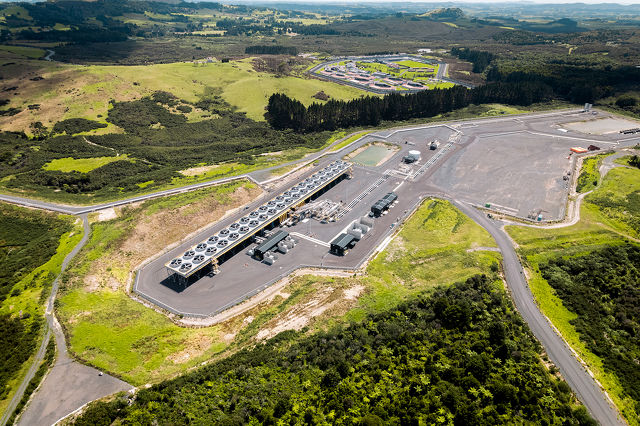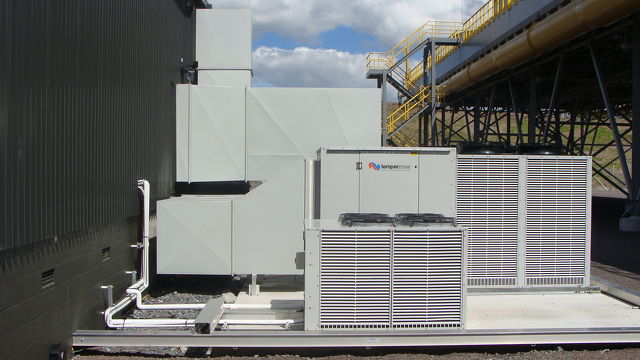
Ngāwhā Power Geothermal Power Station
The expansion of the Ngāwhā Geothermal Power Station creates a more affordable, reliable and secure electricity supply for the Far North.
Top Energy recently commissioned the new OEC4 power station after an intensive three-year construction, well drilling and plant assembly programme. Despite delays due to COVID-19 the power station was completed six months earlier than planned.
This project was for a design build tender for Ormat Technologies Inc, who are geothermal plant construction experts based in Israel. This project was right up our ally as we have completed similar projects in this sector for other clients.
We were provided with specifications and parameters that our HVAC system design needed to meet.
Due to the nature of the substantial site there was a requirement to provide a large amount of cooling to the sub stations. Also, pressurisation of the switch-rooms was required as the outside air needing to be treated to prevent hydrogen sulphide (H2S) present in the outdoor environment from entering the buildings.
It was a very interesting design process as it was technically challenging, our client was in a different part of the world in different time zones and New Zealand had just entered its first Covid-19 lockdown. Communication was important and Skype meetings normally took place late at night to sort out the complicated parts of the HVAC solution and keep the project moving to timeline.
We delivered an innovative design that built on solutions that we had developed for previous energy projects. The air conditioning equipment had to be specially manufactured to meet the design conditions and also coated to prevent corrosion due to the H2S in the outdoor environment.
All HVAC equipment is controlled from a central Building Management System, any system faults automatically raises an alarm 24/7 so that technicians can respond immediately due the critical nature of the site.
The project was a real success and the HVAC systems delivered as per approved design and ahead of schedule.
The overall project expanded the Ngāwhā Geothermal Power Station capacity by 31.5 Megawatts, to a total of 57 Megawatts and now Ngāwhā regularly exports power south instead of importing it to Northland from generation facilities in the Waikato.



